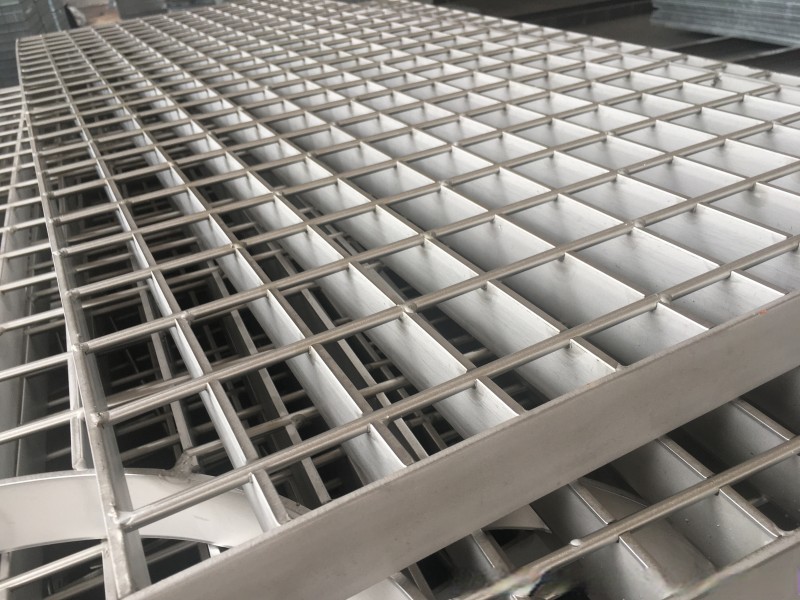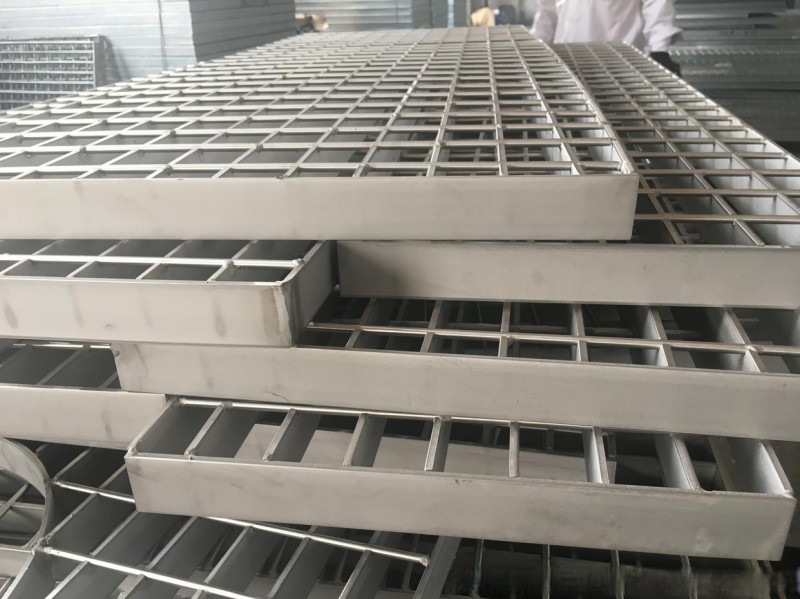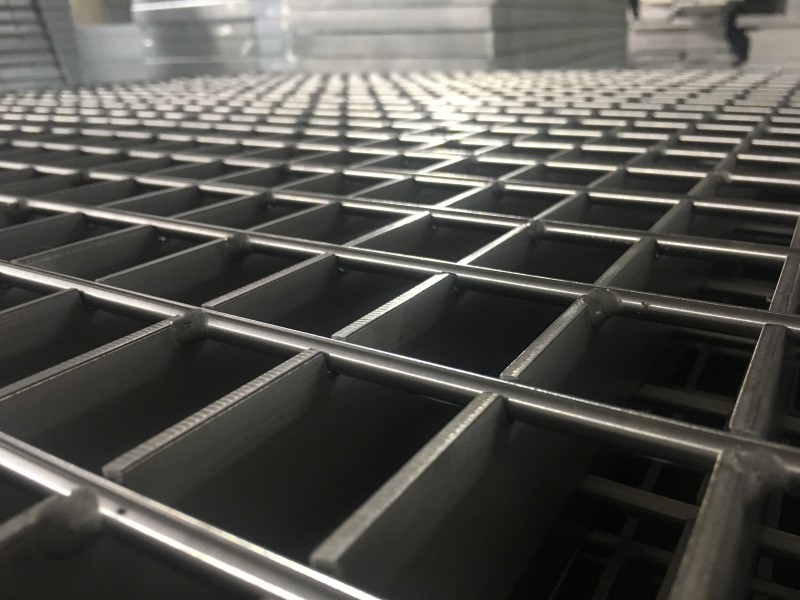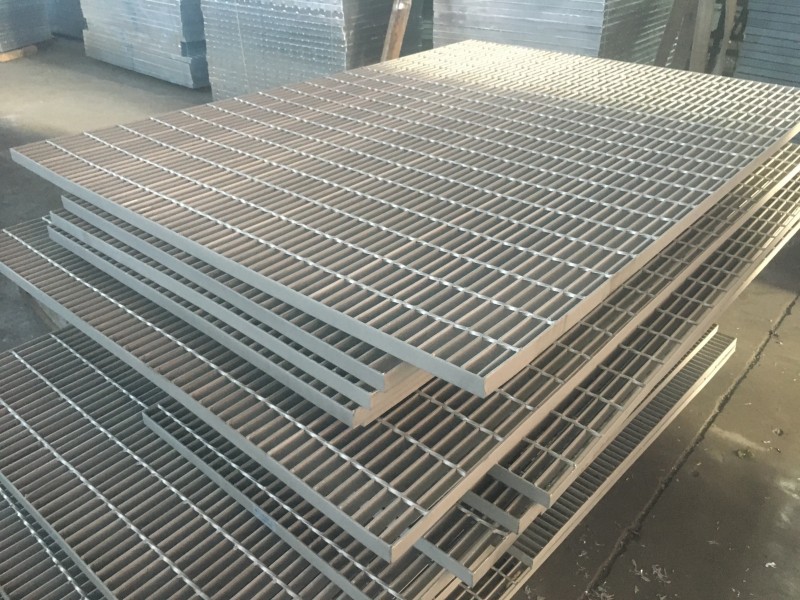In the chemical industry, the safety and durability of the reactor platform are crucial, and the reactor 316L stainless steel grating has become the preferred platform component in chemical, petroleum and other highly corrosive environments due to its excellent material selection and corrosion resistance.

316L stainless steel is a low-carbon austenitic stainless steel with very strong corrosion resistance, especially in harsh environments such as high temperature, acid and alkali. Compared with the common 304 stainless steel, 316L stainless steel has better resistance to chloride corrosion and is more stable in seawater, chemicals and acid and alkali environments. Therefore, it is an ideal steel grating material for the reactor platform. It can effectively prevent performance degradation caused by corrosion during long-term use, greatly extending the service life.
Reactor platforms often face extreme conditions such as high temperature and high pressure. 316L stainless steel grating has good high temperature tolerance, can work stably at temperatures up to 870°C, and maintain its excellent physical properties at lower temperatures. Especially in high temperature environments, its oxidation resistance can ensure that the steel grating is not oxidized and corroded, ensuring the long-term stable operation of the reactor platform.

The low carbon content of 316L stainless steel greatly reduces its risk of intergranular corrosion, which is particularly suitable for applications with extremely high requirements for corrosion resistance. Intergranular corrosion usually occurs in environments with high temperature, humidity or chemical corrosion. The use of 316L stainless steel can effectively avoid this problem and provide more stable and reliable protection for the reactor platform.
The reactor platform is widely used in chemical, petroleum, natural gas and other fields, and the working environment is complex and full of risks. 316L stainless steel grating not only provides high corrosion resistance in terms of material, but its sturdy structure can also effectively bear the weight of equipment or personnel and provide stable support. These characteristics can greatly improve the safety of the platform and reduce maintenance costs and production stoppage losses caused by corrosion or damage.

Due to its strong corrosion resistance and superior mechanical properties, 316L stainless steel grating has been widely used in chemical reactors, oil platforms, power plants, sewage treatment plants and other places that require high corrosion resistance and wear resistance. It can effectively withstand the impact of harsh environments on equipment platforms and ensure the continuous and stable operation of production systems.
Choosing 316L stainless steel as the material for reactor platform steel grating can provide the chemical industry with excellent corrosion resistance, excellent high temperature resistance and long service life. Whether in chemical reactors, oil refining or other highly corrosive environments, 316L stainless steel grating can do the job. Its strong corrosion resistance and stable performance not only improve the safety of the platform, but also help companies save maintenance costs. It is an indispensable and important facility in the chemical industry.
